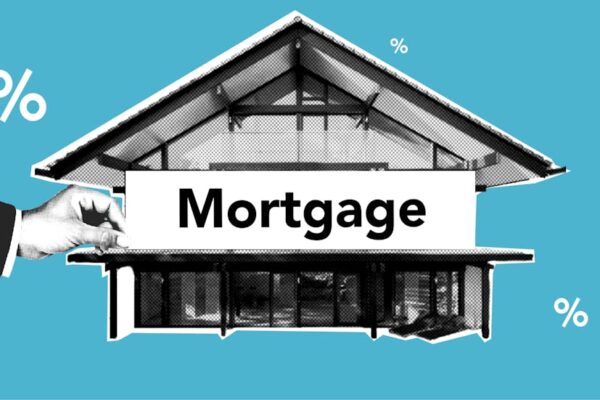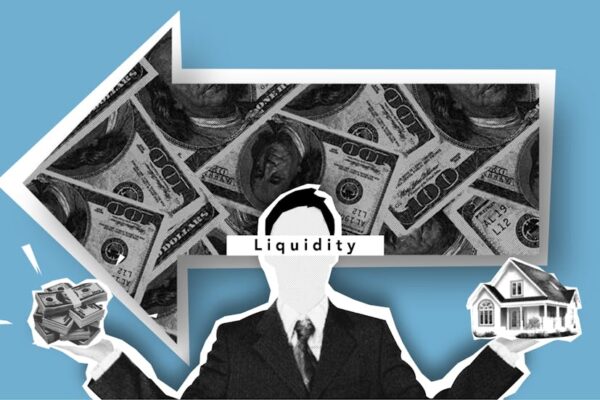The Pros and Cons of No Cost Mortgages for First-Time Home Buyers
What are no cost mortgages?
No cost mortgages aim to reduce the upfront expenses for first-time home buyers. Lenders may absorb closing costs such as appraisal fees, origination fees, and title insurance in exchange for slightly higher interest rates. These mortgages can be beneficial for those who have limited funds available for closing costs.
Pros of no cost mortgages for first-time home buyers
No cost mortgages can be appealing to first-time home buyers as they eliminate the need for upfront fees, such as application or appraisal fees. This can make buying a home more affordable in the initial stages. Another benefit is that you won’t have to worry about coming up with a large sum of money at the start, which can be a relief for those on a tight budget. Additionally, no cost mortgages might come with lower interest rates compared to traditional mortgages, saving you money in the long run.
Cons of no cost mortgages for first-time home buyers
No cost mortgages may seem appealing at first, but they often come with some drawbacks for first-time home buyers. Here are some cons to consider:
- Higher Interest Rates: With no cost mortgages, lenders may offset the waived fees by charging higher interest rates, which can end up costing you more in the long run.
- Long-Term Costs: While you won’t have to pay upfront fees, the costs are typically rolled into your loan amount, resulting in higher overall mortgage payments over time.
- Limited Lender Options: Not all lenders offer no cost mortgages, so your choices may be restricted, potentially leading to less favorable terms or conditions.
Understanding the true cost of a no cost mortgage
It’s essential to understand that a no-cost mortgage doesn’t mean you’re skipping out on expenses altogether. Lenders often roll the fees into your loan or increase your interest rate slightly to cover these costs. This means you may end up paying more in the long run with a no-cost mortgage compared to one where you pay the fees upfront. Keep in mind that the interest rates may be higher in a no-cost mortgage, potentially increasing your monthly payments. Make sure to carefully evaluate the overall impact on your finances before opting for a no-cost mortgage.
Eligibility criteria for first-time home buyers
Before considering a no-cost mortgage, first-time home buyers must meet certain eligibility criteria. To qualify for this type of mortgage, lenders typically look for factors such as your credit score, income stability, debt-to-income ratio, and employment history. Additionally, you may need to provide a down payment, although the closing costs are covered. It’s important to check with different lenders to find out their specific requirements for first-time home buyers seeking a no-cost mortgage.
How to apply for a no cost mortgage
To apply for a no cost mortgage, start by researching lending institutions that offer this type of mortgage. Prepare all necessary financial documents, such as proof of income, credit reports, and employment history. Contact the chosen lender and inquire about their specific application process for no cost mortgages. Be ready to provide detailed information about your financial situation and be prepared for a thorough review of your credit history. Remember that while a no cost mortgage might not require upfront fees, it could potentially have higher interest rates or hidden costs, so make sure to carefully weigh the pros and cons before making a decision.
Key considerations before choosing a no cost mortgage
When looking into no cost mortgages, it’s crucial to understand that although you won’t have upfront fees, the overall cost of the loan could be higher. Additionally, be aware that interest rates for no cost mortgages are typically higher than traditional mortgages. Take into account the length you plan to stay in your home – if it’s a short-term investment, a no cost mortgage might make sense, but if it’s a long-term home, the higher interest rates could add up over time. It’s essential to carefully weigh the benefits of avoiding upfront fees against the potentially higher long-term costs.
Alternatives to no cost mortgages for first-time home buyers
Other options for first-time home buyers seeking alternatives to no-cost mortgages include low down payment mortgages, government-backed loans, and down payment assistance programs. Low down payment mortgages often require a down payment ranging from 3% to 5% of the home’s purchase price, making it a feasible option for those without a substantial down payment. Government-backed loans, such as FHA loans and VA loans, offer competitive interest rates and lower down payment requirements, ideal for individuals with limited savings. Additionally, down payment assistance programs can help cover a portion of the down payment or closing costs, easing the financial burden for first-time buyers. These alternatives provide flexibility and affordability to assist new homeowners in achieving their goal of purchasing a home.
Common myths about no cost mortgages debunked
No cost mortgages are not really free. Lenders often roll the closing costs into the overall loan amount, meaning you end up paying them over time with interest. It’s like spreading the cost out rather than eliminating it. No cost doesn’t equal no fees. You might have no upfront fees, but you could have a higher interest rate to compensate for that. Be mindful of the long-term implications and carefully review all the loan terms before committing to a no cost mortgage.
Making an informed decision – conclusion
When considering a no-cost mortgage, be aware that the closing costs are usually rolled into the loan. This means you won’t have to pay them upfront, but you will end up paying interest on these costs over the life of the loan, which can make the total amount you pay higher in the long run. It’s essential to weigh the benefits of not having upfront costs against potentially higher overall expenses.













